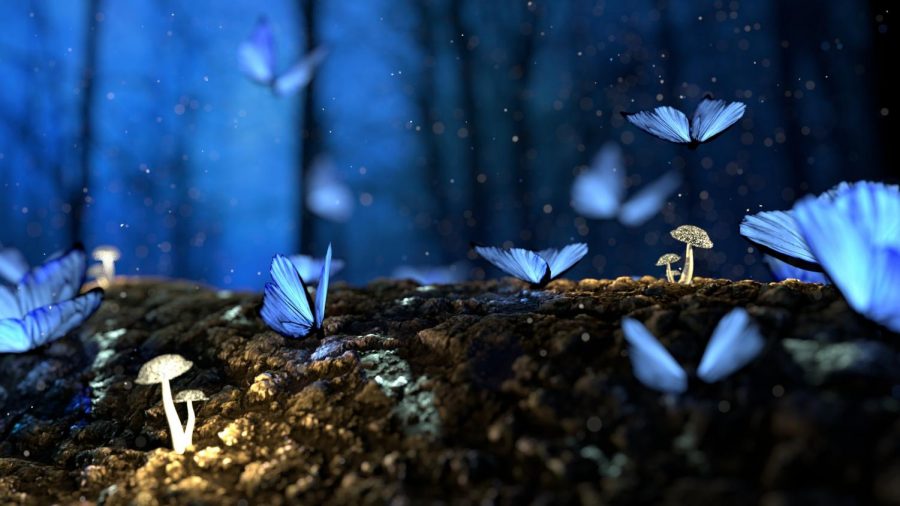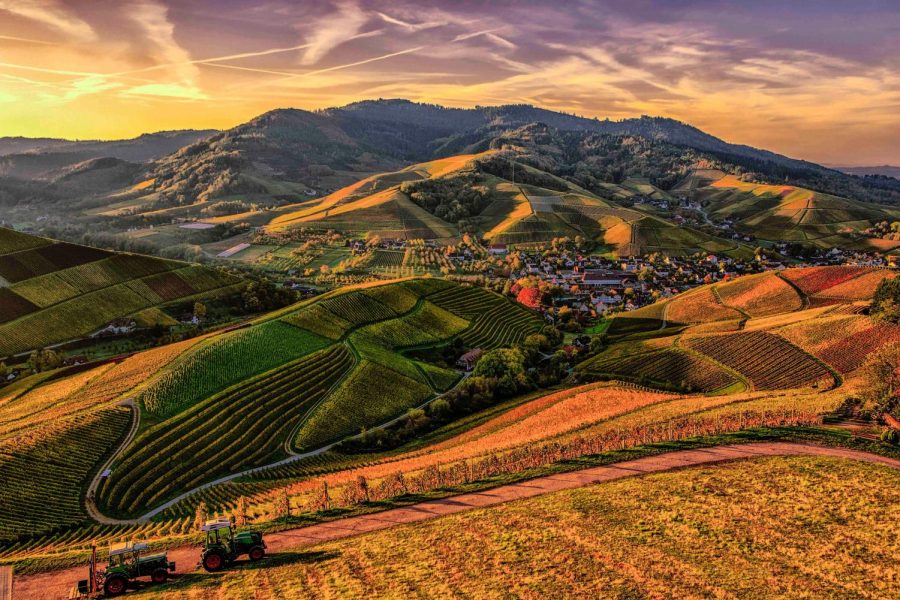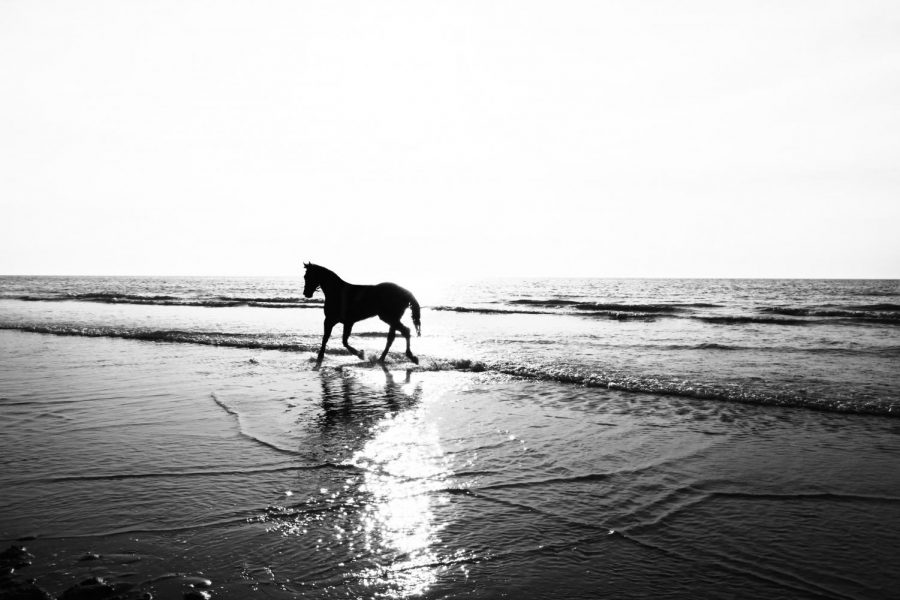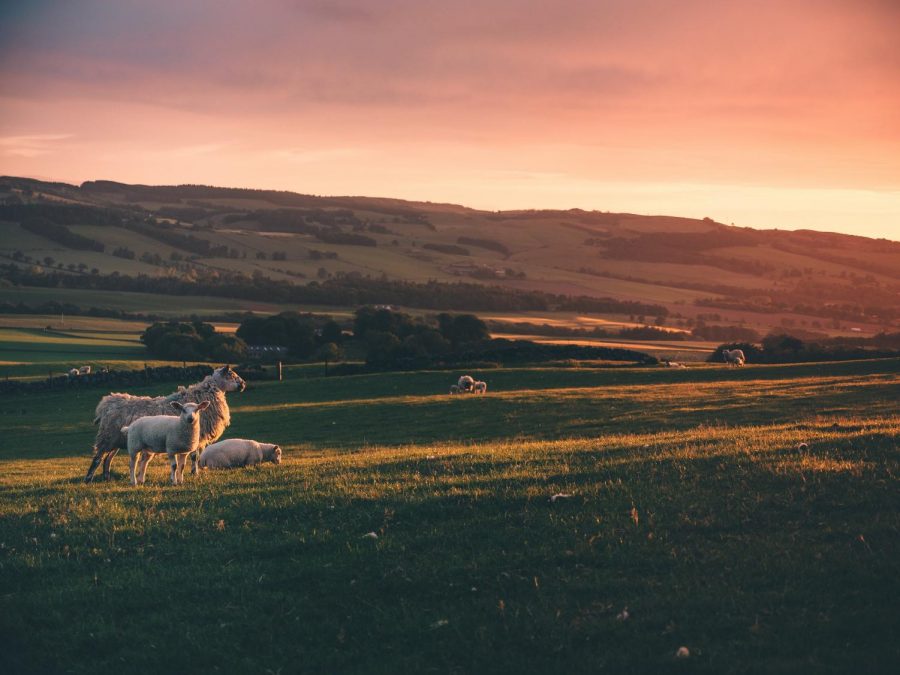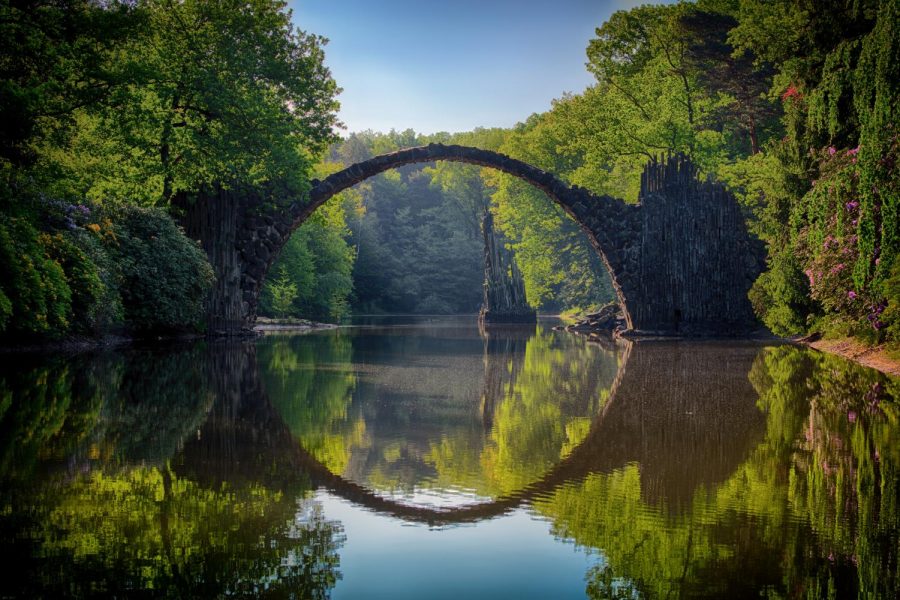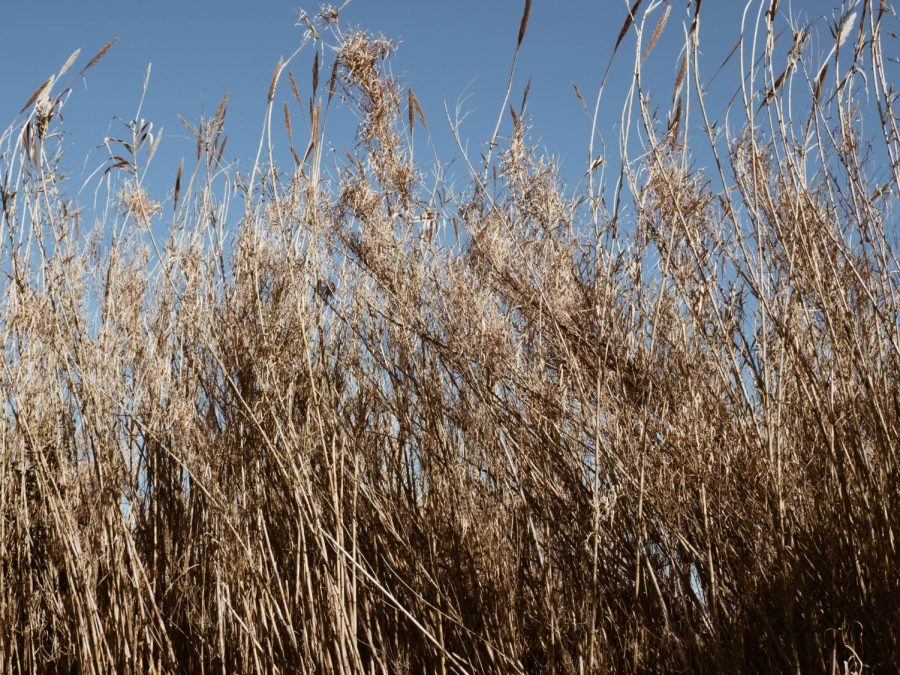Convergent and Divergent Evolution
My AP Biology Thoughts
Episode #14
Welcome to My AP Biology Thoughts podcast, my name is Corrinna and I am your host for episode 14 called Unit 7 Evolution: Convergent and Divergent Evolution. Today we will be discussing the differences between convergent and divergent evolution.
Segment 1: Introduction to Convergent and Divergent Evolution
- Convergent and divergent evolution are different types of evolution, and there are many examples of each.
- Convergent evolution is when two unrelated species evolve to have analogous structures due to similar natural pressures in their respective environments. Analogous structures are structures that have similar functions in unrelated organisms. Because convergent evolution takes place due to similar pressures in different environments, it makes sense that it produces analogous structures since these structures have similar functions.
- Speciation is when distinct species evolve during the course of evolution. Divergent evolution is a type of speciation. Divergent evolution is when different species evolve from a common ancestor, which is a result of the original group developing differences in reaction to different pressures in their environments. Divergent evolution produces homologous structures, which are structures in different organisms that serve different purposes but have similar structures, which suggest a common ancestor.
Segment 2: Examples of Convergent and Divergent Evolution
- There are many examples of both convergent and divergent evolution. One example of convergent evolution is the evolution of wings in both birds and bats. Although birds and bats did not originate from the same common ancestor, the structure of both wings are supported by a modified five-fingered limb. Birds and bats show convergent evolution because their similar structures were developed as a result of similar environmental pressures rather than a common ancestor. Another example of convergent evolution are placental mammals and marsupials. Placental mammals, which live in Europe, Africa, and America, undergo gestation in their mother’s uterus and are born fairly advanced, while marsupials are born immature but develop in their mother’s pouches. Marsupials live in Australia. Because each group developed similar analogous structures because of similar habitats and feeding patterns, placental mammals and marsupials show convergent evolution. It is clear that these groups didn’t have a common ancestor because they give birth in different ways, but environmental pressures allowed them to develop similar structures.
- One example of divergent evolution is the different kind of finches that Darwin discovered on the Galapagos islands. Finches on different islands had developed different beak structures due to different food sources. For example, Finches that ate insects had longer and thinner beaks than finches who ate seeds, who had short and thick beaks. These finches all evolved from the same common ancestor, but developed specific beak structures due to different environmental pressures. The finches eventually evolved enough that they became different species. Another example of divergent evolution is the evolution of primates. All primates evolved from a single ancestor which lived around 65 million years ago, when the continents were mostly connected. As the continents split and primates moved to different environments, they evolved to develop traits that would be beneficial in those environments.
Segment 3: Connections to Evolution
- Convergent and divergent evolution both prove evolution and natural selection. Convergent evolution shows that similar environments can produce similar structures, which shows that these structures were the most fit in those specific environments. Divergent evolution shows natural selection because it proves that species can adapt to their environments. Since speciation occurs with divergent evolution, it shows that different traits become more beneficial and survive in different environments, eventually becoming separate species.
Thank you for listening to this episode of My AP Biology Thoughts. For more student-ran podcasts, make sure that you visit www.hvspn.com. Thanks for listening!
Music Credits:
- “Ice Flow” Kevin MacLeod (incompetech.com)
- Licensed under Creative Commons: By Attribution 4.0 License
- http://creativecommons.org/licenses/by/4.0/



